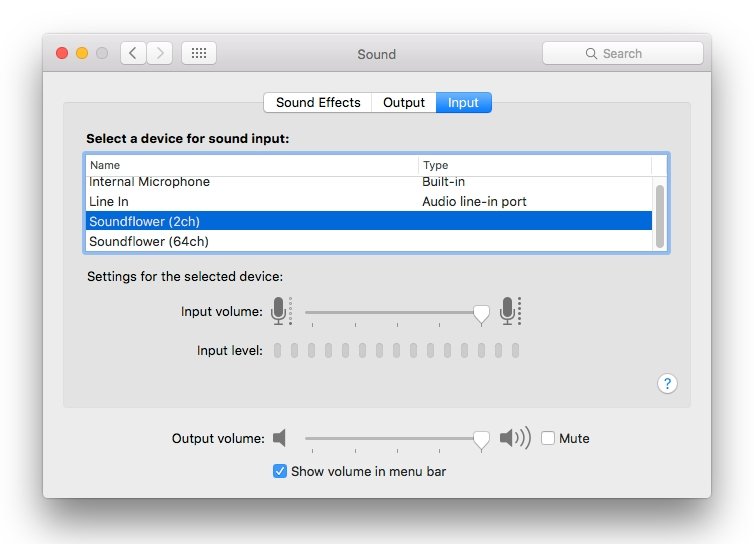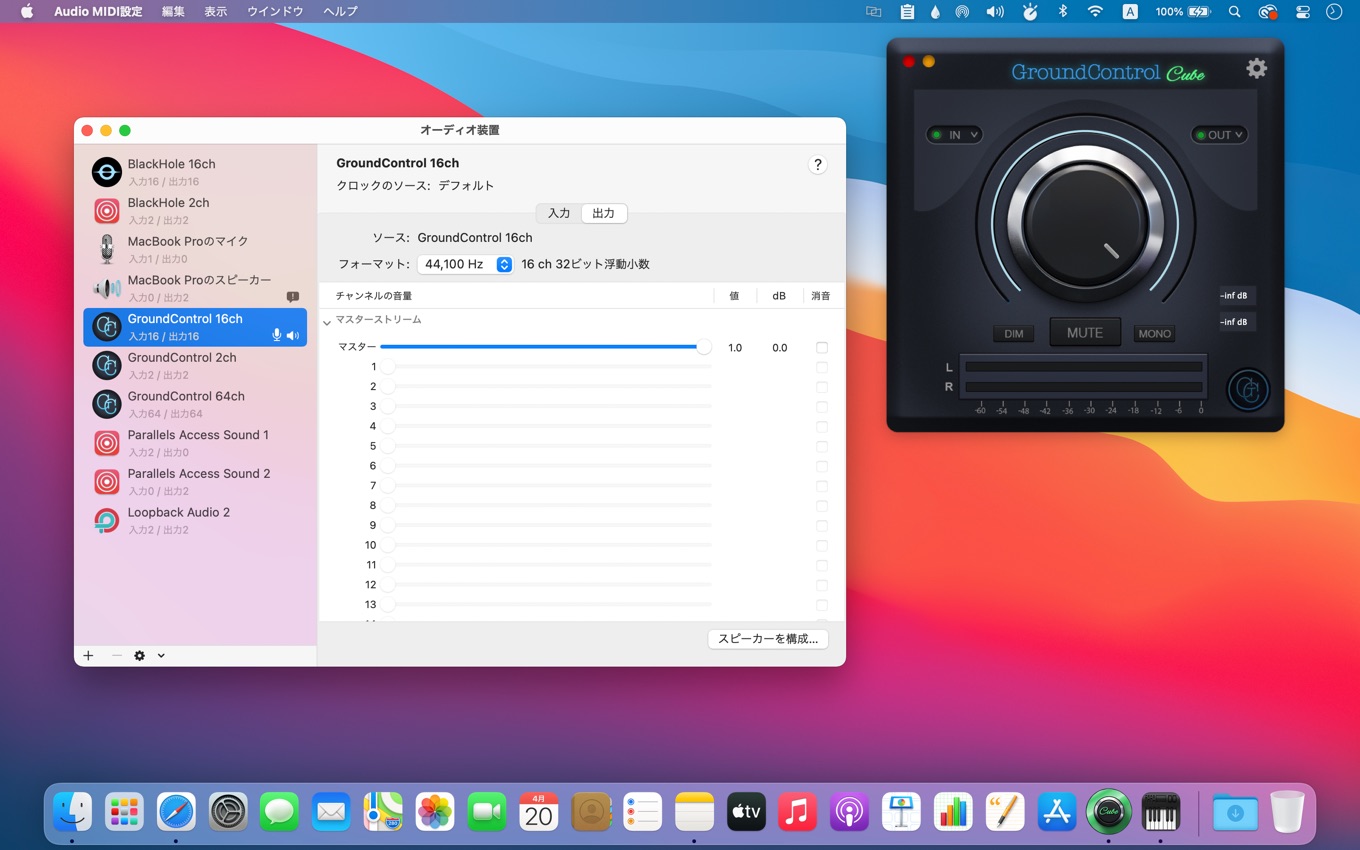

Modern Logo has not changed very much from the basic concepts predating the first turtle. A display turtle preceded the physical floor turtle. The first working Logo turtle robot was created in 1969. The use of virtual Turtles allowed for immediate visual feedback and debugging of graphic programming. Modeled on LISP, the design goals of Logo included accessible power and informative error messages. The goal was to create a mathematical land where children could play with words and sentences. The first implementation of Logo, called Ghost, was written in LISP on a PDP-1. The first four years of Logo research, development and teaching work was done at BBN. Its intellectual roots are in artificial intelligence, mathematical logic and developmental psychology. Logo was created in 1967 at Bolt, Beranek and Newman (BBN), a Cambridge, Massachusetts research firm, by Wally Feurzeig, Cynthia Solomon, and Seymour Papert. Logo is not case-sensitive but retains the case used for formatting purposes. Logo is usually an interpreted language, although compiled Logo dialects (such as Lhogho and Liogo) have been developed. There is no standard Logo, but UCBLogo has the best facilities for handling lists, files, I/O, and recursion in scripts, and can be used to teach all computer science concepts, as UC Berkeley lecturer Brian Harvey did in his Computer Science Logo Style trilogy. Logo is a multi-paradigm adaptation and dialect of Lisp, a functional programming language. There are substantial differences among the many dialects of Logo, and the situation is confused by the regular appearance of turtle graphics programs that are named Logo. The language was conceived to teach concepts of programming related to Lisp and only later to enable what Papert called " body-syntonic reasoning", where students could understand, predict, and reason about the turtle's motion by imagining what they would do if they were the turtle. Logo is not an acronym: the name was coined by Feurzeig while he was at Bolt, Beranek and Newman, and derives from the Greek logos, meaning word or thought.Ī general-purpose language, Logo is widely known for its use of turtle graphics, in which commands for movement and drawing produced line or vector graphics, either on screen or with a small robot termed a turtle. Logo is an educational programming language, designed in 1967 by Wally Feurzeig, Seymour Papert, and Cynthia Solomon.
Mac soundflower windows#
Mac soundflower pdf#
Free Convert Webpages or HTML File to PDF.CONVERT SCANNED PDF TO WORD ONLINE FREE.

Mac soundflower mp4#

Mac soundflower pro#
Wonderfox HD Video Converter Factory Pro Review.


 0 kommentar(er)
0 kommentar(er)
